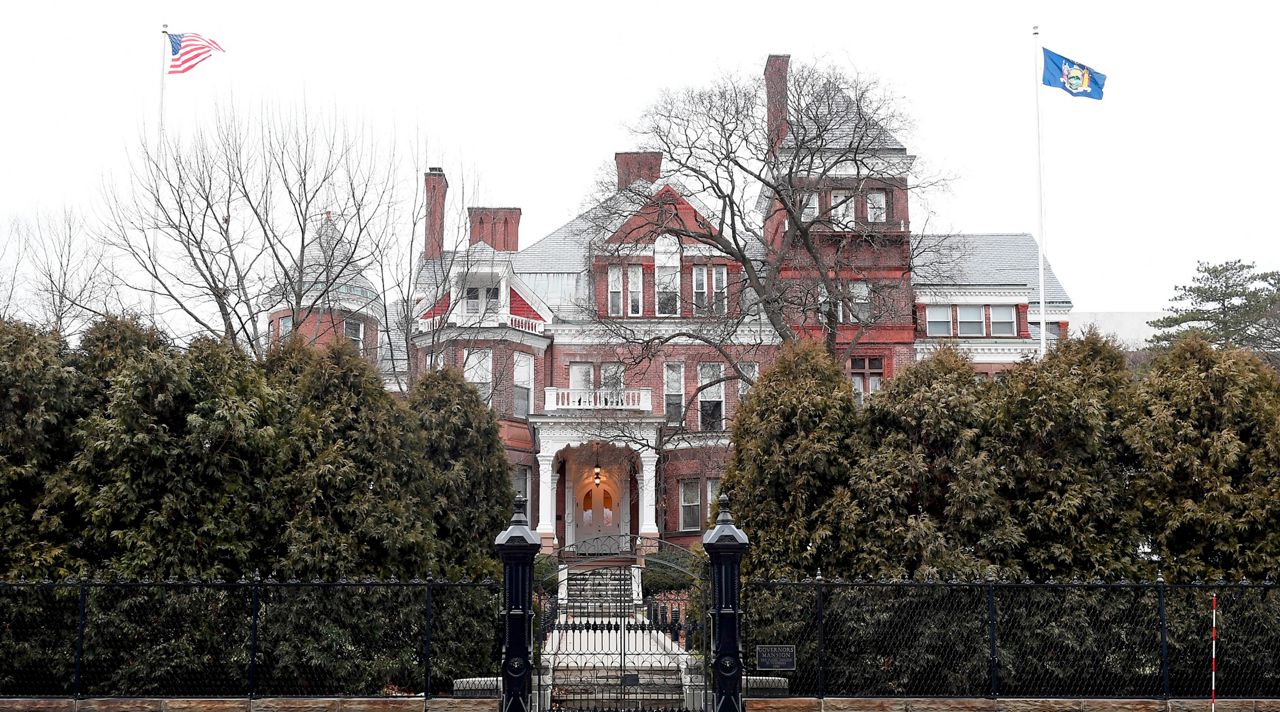The state needs to update and clarify its gubernatorial line of succession so New Yorkers have a clear understanding of who is in charge, especially during an emergency.
That's the argument of a report released on Tuesday, the one-year anniversary of former Gov. Andrew Cuomo's declaration he would step down within two weeks, by Fordham Law School's Rule of Law Clinic.
“New York is unprepared to deal with a panoply of issues relating to gubernatorial succession," the report found.
The clinic, led by Dean Emeritus John Feerick and Professor John Rogan, released its report as a way of jumpstarting a conversation in Albany over the issue of succession at the highest levels of state government.
How succession functions for the governor of New York is outlined in the state constitution, but arguably in vague terms last updated nearly a century ago.
The lieutenant governor succeeds the governor upon resignation or death. But in what amounts to a holdover from the days before mass communication, the lieutenant governor also takes the power of the governor whenever they have left the state's boundaries.
The report argues that transfers of power like when the governor is outside New York need to change. Procedures for declaring the governor unable to discharge the office's powers also need to be outlined by state officials, the report found.
And they raise concerns about how New York's line of succession works, a process that has taken on a patchwork quality in the last decade and a half as court rulings have enabled the governor to appoint a lieutenant governor when there is a vacancy (this has come up twice in recent years, with the appointments of Richard Ravitch by David Paterson to resolve a paralyzing leadership crisis in the state Senate. More recently, Gov. Kathy Hochul appointed Lt. Gov. Antonio Delgado after the resignation of Brian Benjamin).
At the moment, a vacancy in the office automatically leads to the president of the state Senate as the acting lieutenant governor. Lawmakers have proposed requiring the lieutenant governor nominee upon appointment by the governor be subject to state Senate confirmation, but no such requirement currently exists.
A clear line of succession is needed so voters are confident as to who is actually in charge of the state.
"The current line of succession is flawed," the report states. "The provisions contain ambiguities and raise concerns about separation of powers, continuity of government, and democratic legitimacy."
The presidential line of succession at the federal level was outlined following the assassination of John F. Kennedy through the 25th amendment — a change sought amid the Cold War to make clear lines of authority during a crisis.
The Fordham Law report also found that not acting on setting down clear lines of authority and succession could lead to serious consequences for New York during a crisis, be it civil unrest, a public health emergency or a natural disaster when swift executive action may be required.
"Lack of a procedure to determine gubernatorial inability and initiate a transition of power in an efficient and legitimate way is bad public policy," the report found. "Fortunately, the inability section of the New York constitution has never been needed. But that does not mean that a gubernatorial incapacity will never arise. And if it does, the consequences for the public may be significant."



